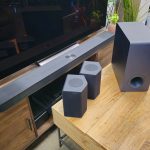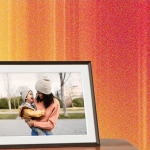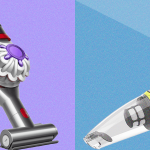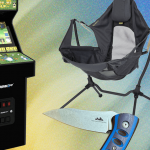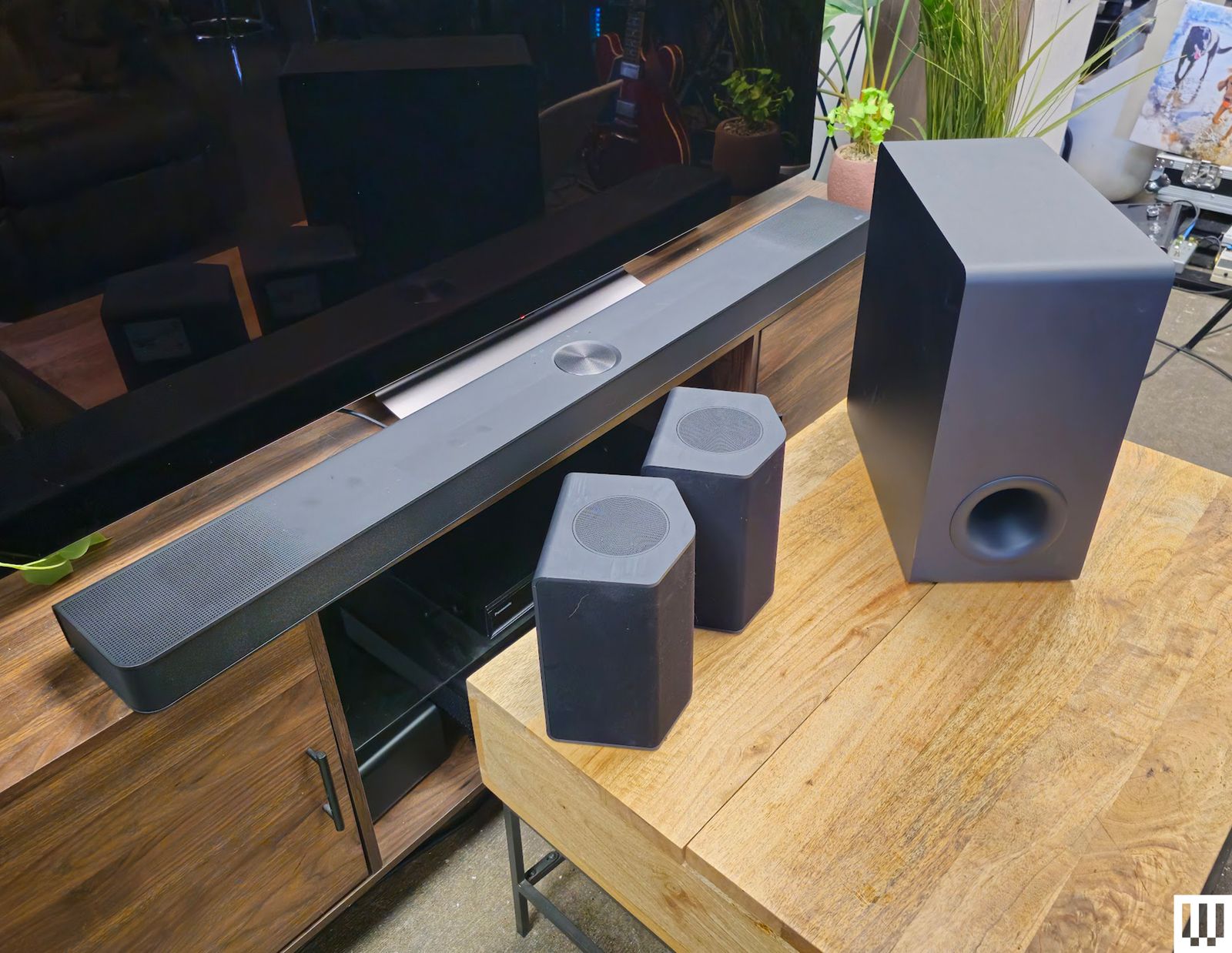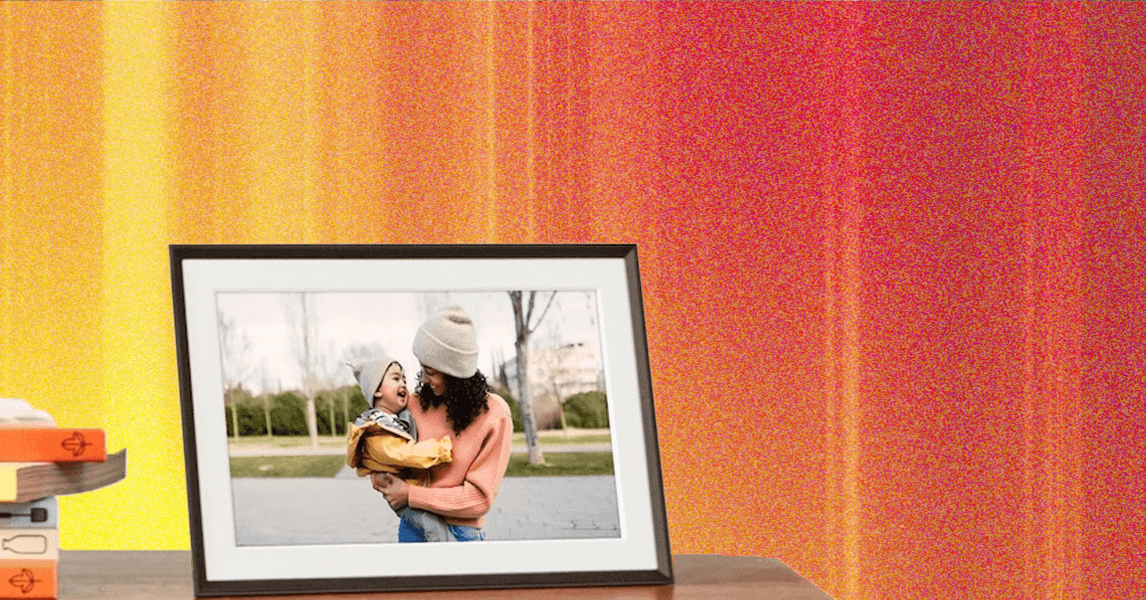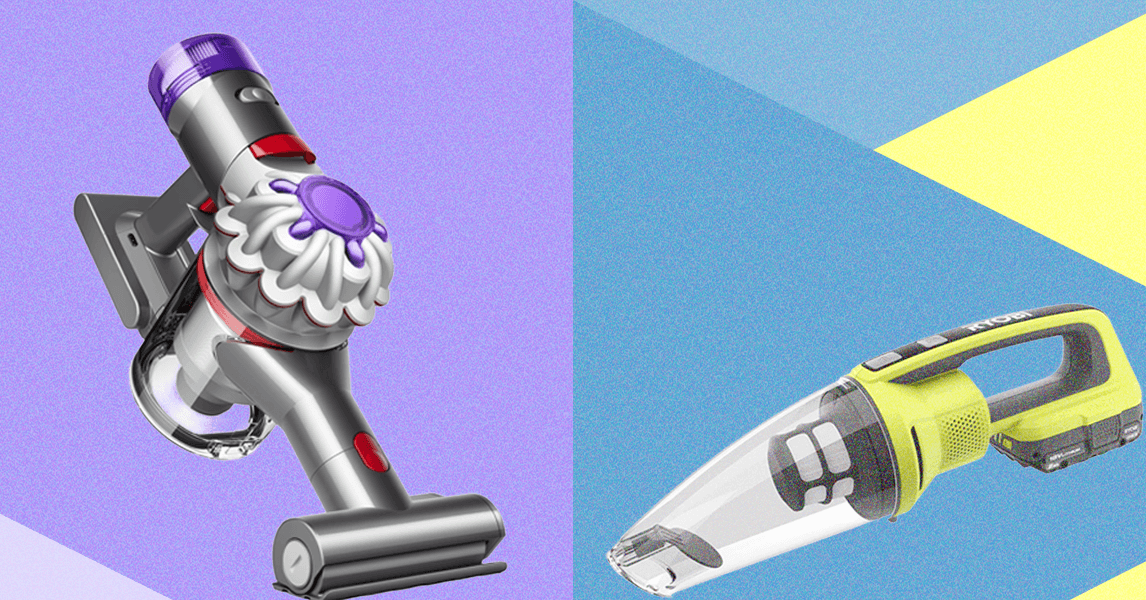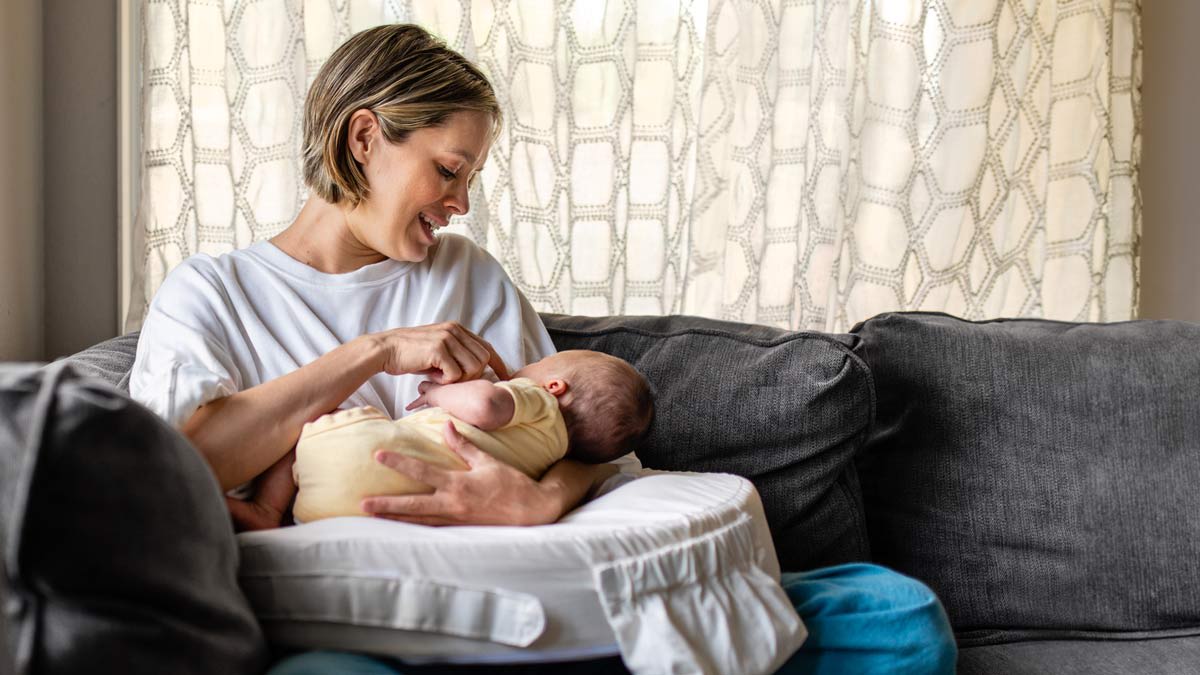
Any of these dangerous situations can be even riskier for a baby if the caregiver falls asleep. It’s also dangerous to place the pillow into another sleep environment, like a crib, bassinet, or play yard.
Experts say the most important thing to know about using a nursing pillow safely is to never, ever use it for sleep.
“A nursing pillow is primarily and reasonably intended to provide direct support to the adult caregiver,” says Ashita Kapoor, associate director of product safety at CR. “If a baby does fall asleep while feeding, it is important to place them on a firm, flat, non-inclined surface in a safe sleep environment, such as a crib, bassinet, or play yard.”
The CPSC recently commissioned a study from Boise State University researchers to examine 50 incidents involving nursing pillows and infant lounging pillows that had been reported to the agency in which babies died or got hurt.
“The dangers that we identified occurred primarily when the pillows weren’t being used for nursing—so when they were being used for sleeping or lounging,” says Erin Mannen, PhD, an assistant professor of mechanical and biomedical engineering at Boise State University and the lead author of that study as well as the CPSC-commissioned study on inclined sleepers. “So only using the pillows for nursing while both mom and baby are awake is something that parents can safely do.”
In addition to investigating the incident reports, Mannen and her team also developed recommendations about how nursing pillows should be designed and tested. The study concluded that they should be tested for firmness, and that those that are too soft should then have to pass a test for airflow. It also recommended certain changes to pillows’ shapes; for example, sharper, firmer corners and fewer soft curves would make it less likely that they would or could be used for sleep.
In response to the reported injuries and deaths, and this new research, the CPSC recently proposed a new rule about the shape, design, and materials for nursing pillows that incorporated many of the study’s recommendations. To be sold in the U.S., nursing pillows would have to be firm enough to not conform to a baby’s face, be made in a shape that could not trap the baby’s head, not have any infant straps or restraints that might lead caregivers to incorrectly think that they can leave babies alone in them, and have labels describing the risks of using them for sleep.
Not surprisingly, some companies that sell nursing pillows—many of which may not meet these new standards—have objected to the proposal.
The Breastfeeding Infant Development Support Alliance, a lobbying organization made up of manufacturers, retailers, and other groups, has framed it as a political issue. “Women’s rights are being gutted—and the ability for women and parents to choose how they feed their baby is next on the chopping block,” reads the BFIDSA website. (BFIDSA did not respond to CR’s request for comment.)
But CR’s safety experts say the proposed standards ensure that products being sold to new parents are safe.
“It’s crucial for there to be clear standards that apply across the marketplace,” says William Wallace, CR’s associate director of safety policy. “The CPSC’s proposal would take reasonable, necessary steps to make nursing pillows safer. The new rules would help protect babies and prevent the kinds of tragedies that have been documented since 2010.”
CR safety experts and advocates have written a letter in support of the agency’s proposal, as well as the American Academy of Pediatrics. It’s unclear whether the rule will come to pass or when—though staff at the CPSC is aiming to finish drafting a final rule no later than September 2024.
In the meantime, CR’s safety team has some advice for you based on what is on the market right now. We bought several popular pillows for our experts to review, and share what they like (and don’t) about each.
Based on our reading of the research study and the CPSC’s plans, the experts believe that the top two on our list, made by My Brest Friend and Frida Mom, would likely pass most, if not all, of the new testing requirements.
